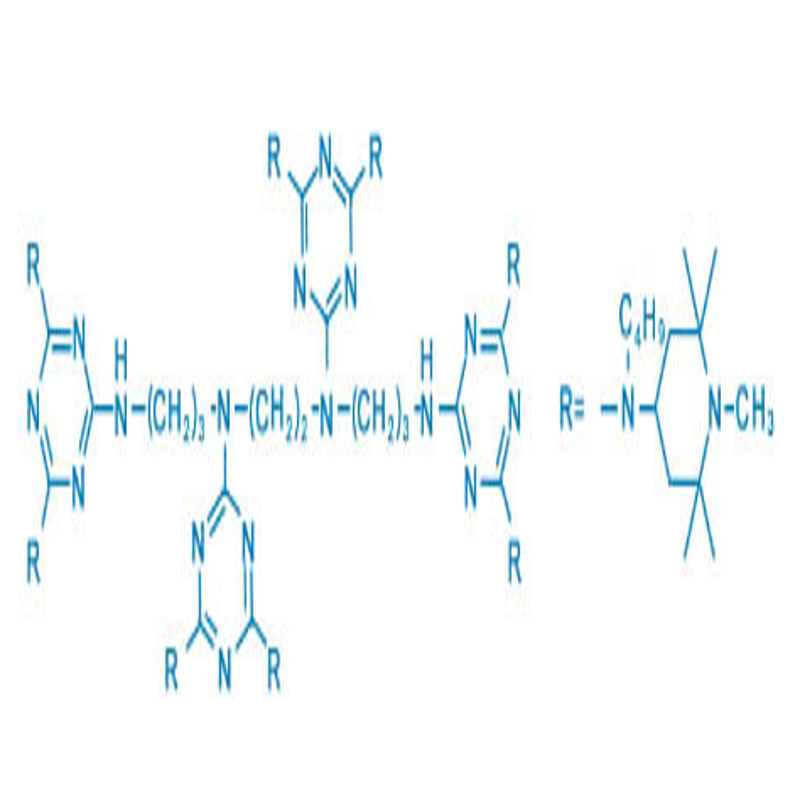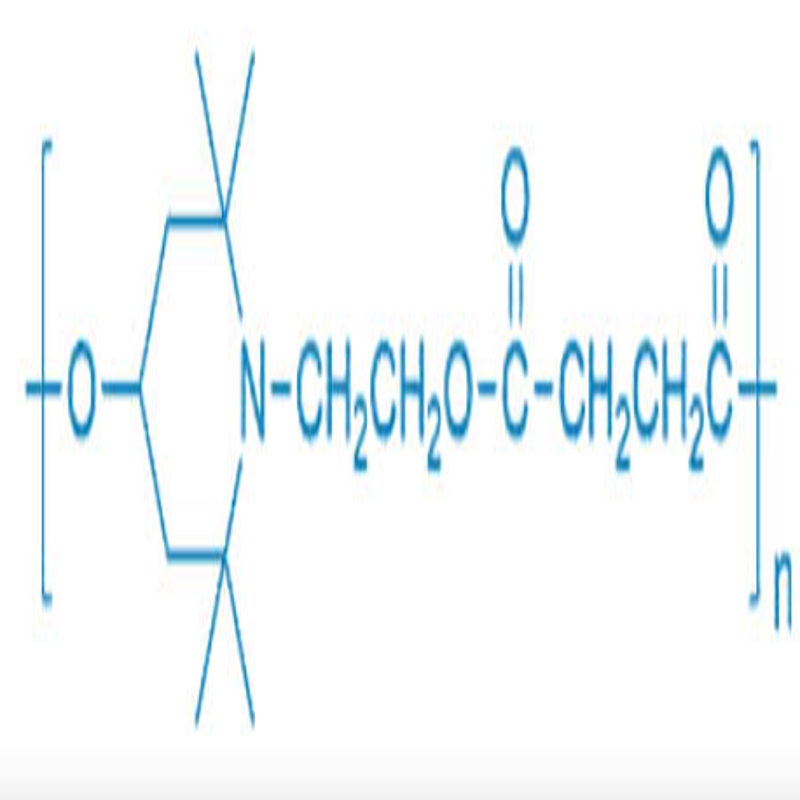-
Categories
-
Pharmaceutical Intermediates
-
Active Pharmaceutical Ingredients
-
Food Additives
- Industrial Coatings
- Agrochemicals
- Dyes and Pigments
- Surfactant
- Flavors and Fragrances
- Chemical Reagents
- Catalyst and Auxiliary
- Natural Products
- Inorganic Chemistry
-
Organic Chemistry
-
Biochemical Engineering
- Analytical Chemistry
-
Cosmetic Ingredient
- Water Treatment Chemical
-
Pharmaceutical Intermediates
Promotion
ECHEMI Mall
Wholesale
Weekly Price
Exhibition
News
-
Trade Service
Researchers at Lawrence Berkeley National Laboratory, the University of California, Riverside, and Geologica Geothermal Group have launched a project to quantify and characterize lithium resources
in the Salton Sea geothermal field in California.
"The Salton Sea geothermal system is the primary lithium potential geothermal resource in the United States and is a world-class resource," Pat Dobson, a Berkeley lab scientist who led the project, said
in a media statement.
"But in terms of the size of the resource, there are extensive estimates, and there is not much understanding
of where lithium will come from and whether the rate at which lithium will be extracted from geothermal brine over time will decrease and whether it will be replenished by the remaining lithium in the host rock.
??"
According to preliminary estimates, there are 100-6 million tons of lithium
in the lithium valley.
Michael McKibben, a geochemist at the University of California, Riverside, said: "This will be the world's largest source of lithium brine, larger than any single South American salt marsh deposit
.
So, that's a big number, which means there's potential for lithium production
to last 50-100 years.
”
Currently, 11 commercial plants operating in the Salton Sea geothermal field produce geothermal energy by pumping thermal fluids from deep underground and converting thermal energy
into electricity.
Normally, the cooled liquid is simply re-injected into the ground, but the researchers hope to extract lithium from the brine before injecting it back
.
The project team will also investigate the potential environmental impact
of this process.
In other words, they plan to quantify how much water and chemicals are needed for lithium extraction, how air quality changes during extraction, and the seismic activity
that may be triggered by associated geothermal energy production.
To better understand the reservoir and its regenerative capacity, the research team will use data from active companies in the region, as well as published and field data
from the California Geoenergy Management (CalGEM) database.
"We need better data on the chemical composition of brine and its lithium content, as well as its location and depth distribution in geothermal fields," McKibben said
.
"We have asked geothermal companies to share their brine data
with us.
Pat and his team would put it into a database
.
Then, if we can use the database to correlate lithium concentrations with things like temperature, chlorine, and other physical and chemical parameters, we can actually predict how much lithium
might be in brine in parts of fields that are not yet fully exploited.
”
Researchers at Lawrence Berkeley National Laboratory, the University of California, Riverside, and Geologica Geothermal Group have launched a project to quantify and characterize lithium resources
in the Salton Sea geothermal field in California.
"The Salton Sea geothermal system is the primary lithium potential geothermal resource in the United States and is a world-class resource," Pat Dobson, a Berkeley lab scientist who led the project, said
in a media statement.
"But in terms of the size of the resource, there are extensive estimates, and there is not much understanding
of where lithium will come from and whether the rate at which lithium will be extracted from geothermal brine over time will decrease and whether it will be replenished by the remaining lithium in the host rock.
??"
According to preliminary estimates, there are 100-6 million tons of lithium
in the lithium valley.
Michael McKibben, a geochemist at the University of California, Riverside, said: "This will be the world's largest source of lithium brine, larger than any single South American salt marsh deposit
.
So, that's a big number, which means there's potential for lithium production
to last 50-100 years.
”
Currently, 11 commercial plants operating in the Salton Sea geothermal field produce geothermal energy by pumping thermal fluids from deep underground and converting thermal energy
into electricity.
Normally, the cooled liquid is simply re-injected into the ground, but the researchers hope to extract lithium from the brine before injecting it back
.
The project team will also investigate the potential environmental impact
of this process.
In other words, they plan to quantify how much water and chemicals are needed for lithium extraction, how air quality changes during extraction, and the seismic activity
that may be triggered by associated geothermal energy production.
To better understand the reservoir and its regenerative capacity, the research team will use data from active companies in the region, as well as published and field data
from the California Geoenergy Management (CalGEM) database.
"We need better data on the chemical composition of brine and its lithium content, as well as its location and depth distribution in geothermal fields," McKibben said
.
"We have asked geothermal companies to share their brine data
with us.
Pat and his team would put it into a database
.
Then, if we can use the database to correlate lithium concentrations with things like temperature, chlorine, and other physical and chemical parameters, we can actually predict how much lithium
might be in brine in parts of fields that are not yet fully exploited.
”







